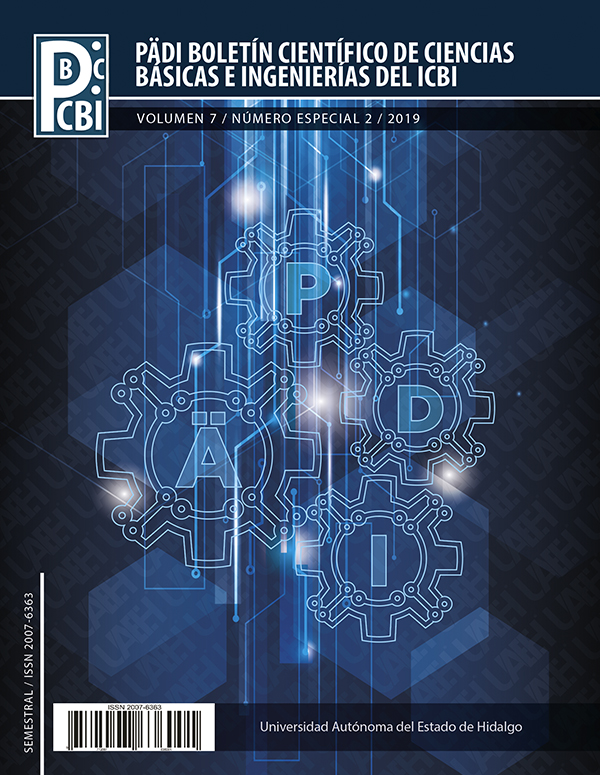Effect of mechanical coating failures on cathodic protection potentials in buried ducts.
Abstract
This work focuses on assessing the effect of mechanical coating failures on cathodic protection potentials in buried ducts. The studies were carried out in a pipeline in the southeast of the country, with the aim of carrying out a preventive and corrective maintenance program, extending the life of the facilities, maintaining the safety and reliability of the facilities. Since external corrosion is one of the major causes of leakage in underground ducts, pipes are protected against these effects by a combination of mechanical coatings and cathodic protection systems. Currently in the industry it is the most effective combination to control the effects of external corrosion on underground pipes. The CIPS (Close Interval Potential Survey) technique is based on the inspection for the analysis of cathodic protection levels in buried ducts. The DCVG (Direct Current Voltage Gradient) technique is a system developed for the analysis of coating defects in buried pipes. Corrosion control depends on a balance between coating status and cathodic protection levels. To obtain effective levels of cathodic protection, potential soil tube should be maintained between –850 mV "instant off" (subprotection) and –1250 mV "instant off". This goal can only be achieved if there is a controlled decay in the potential profile in the pipe from the maximum potential points (the rectifiers) to the points of minimum potential (the most remote areas of the rectifiers). The rate of potential decay depends mainly on the condition of the duct coating which is considered to be the critical factor for the proper functioning of cathodic protection systems.
Downloads
References
Cathodic Protection Nivel 1, NACE National Association of Corrosion Engineers. Houston, Texas. 2007.
Coatings in Conjunction with Cathodic Protection, NACE National Association of Corrosion Engineers. Houston, Texas. 2006.
Peabody´s Control of Pipeline Corrosion second edition Ronald. L. Bianchetti. NACE International.
Parker Marshall. E / Edward G. Peattie. Pipe line corrosión and cathodic protection a practical manual for corrosion engineers, technicians, and field personnel. Gulf professional publishing an imprint of Butterworth-Heinemann Edition 3 1999. Houston Texas.
Norma NRF-030-PEMEX-2003, “Diseño, Construcción, Inspección y Mantenimiento de Ductos Terrestres para Transporte y Recolección de Hidrocarburos”, Comité de Normalización de Petróleos Mexicanos y Organismos Subsidiarios, 2003.
Norma NRF-026-PEMEX-2001, “Protección con Recubrimientos Anticorrosivos para Tuberías enterradas o sumergidas”, Comité de Normalización de Petróleos Mexicanos y Organismos Subsidiarios, 2001.
Norma NACE Standard RP0169-2002, “Control of External Corrosion on Underground or Submerged Metallic Piping Systems”, National Association of Corrosion Engineers, 2002.
Norma NRF-047-PEMEX-2014, “Diseño, Instalación y mantenimiento de los Sistemas de Protección Catódica”, Comité de Normalización de Petróleos Mexicanos y Organismos Subsidiarios, 2002.
SP0502-2008. Standard Practice Pipeline External Corrosion Direct Assessment Methodology.
Coating Inspector Program (CIP) level 1 Course Manual NACE International, December 2007.













